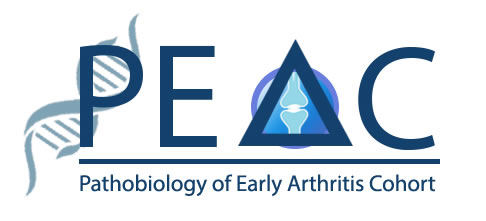



Rheumatoid arthritis is one of the most important chronic inflammatory disorders in the UK. It affects approximately 1% of adults, causes considerable morbidity, reduces quality of life and increases mortality and results in large medical costs. For these reasons, RA represents a huge public health problem.
RA mainly affects the joints, with inflammation of the synovial membrane, characterised by hyperplasia, neo-angiogenesis and immune cell infiltration that drive local inflammation and, if untreated, can lead to joint destruction and disability.
To prevent this, early aggressive treatment is recommended. Current treatment protocols include highly specific medications that target individual mediators. These highly targeted biological therapies can be highly effective and have transformed the treatment of RA. However, up to 40% of RA patients do not respond to targeted biologic therapies, even when multiple medications are trialled one after the other, as per current international guidelines and recommendations. At least in part, this is probably because the pathways are not active in all patients.
This has been confirmed by studying patients from PEAC, as we were able to describe recurring patterns, with the presence of three discrete, partially overlapping synovial histological and molecular patterns, also known as pathotypes: i) Lympho-myeloid (LM) (~40% of early RA patients) characterized by a synovial infiltrate rich in B cells organized into aggregates; ii) diffuse-myeloid (M) pathotype (~40% of early RA patients), characterized by diffusely infiltrating macrophages but very few B cells and iii) fibroid-pauci immune (FPI) pathotype (~20% of early RA patients) characterized by a scanty immune cell infiltrate [17].
More details on the publications from PEAC can be found under publications.